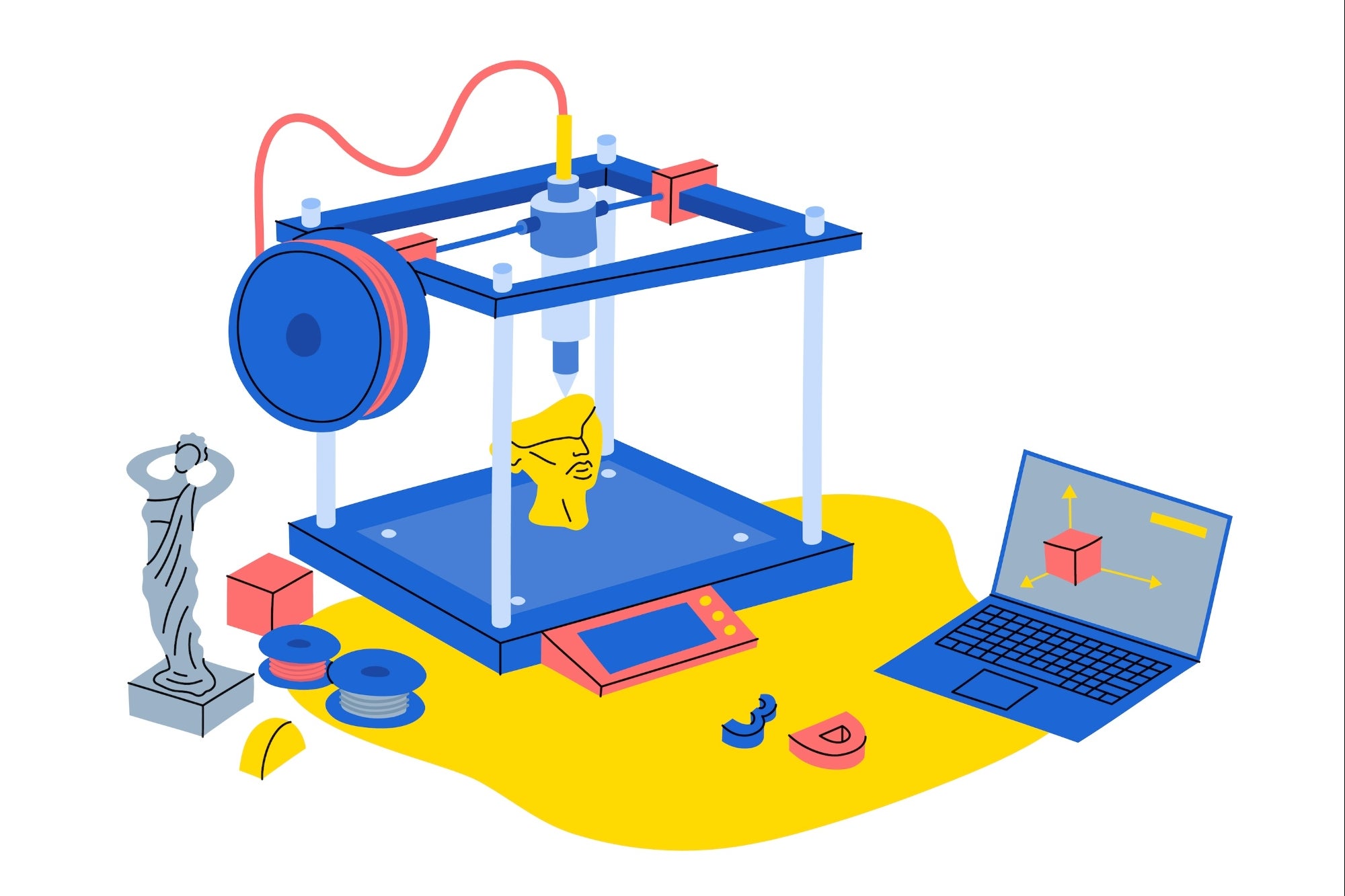Opinions expressed by Entrepreneur contributors are their own.
After decades of working with small businesses, I’ve witnessed a troubling pattern: the harder entrepreneurs try to maximize efficiency, the less efficient they become. This efficiency paradox plagues businesses of all sizes, but it’s devastating for small companies where every resource counts.
McKinsey research shows that small and medium businesses operate at 50% of the productivity of large firms — a gap that stems from misguided efficiency efforts. Understanding and resolving this paradox can transform how you operate.
The two types of efficiency
Here’s a concept from the Lean methodology that changed how I think about business operations. There are two approaches to efficiency: resource efficiency and flow efficiency.
Resource efficiency focuses on maximizing the utilization of your resources. You build a queue of work to ensure your resources are busy. It’s like having a writer with articles to write, ensuring they’re productive for all eight hours of their workday.
Flow efficiency optimizes for speed through your system. Instead of building queues, you focus on moving work through your process quickly. Using the writing example, you’d interview someone, have the writer create the article, review it and publish — no waiting, no queues.
The healthcare system provides a stark illustration of this. In Canada, we optimize for resource efficiency. Specialists are fully booked, CT machines run at maximum capacity and patients wait months for diagnoses. I’ve seen cancer treatment systems operate differently — where patients can see specialists, get scans and receive diagnoses in one day. Their CT machines sit idle sometimes, but patients get answers immediately.
Here’s the paradox: by trying to maximize resource utilization, we create inefficiencies that slow down our operation. You think you’re being efficient by keeping everyone busy, but your customers are waiting months for what could be done in days. The side effects can be devastating: lost customers, damaged relationships, missed opportunities and consequences that are incalculable.
Related: 6 Ways to Make Your Business More Efficient
The hidden cost of context switching
This efficiency paradox doesn’t just happen at the system level — it shows up in how we structure our work. When we try to maximize resource utilization, we create what I call “efficiency theater” — looking busy while being less productive.
Consider the hidden cost of context switching. According to research, context switching reduces productivity up to 40%. There’s a mental tax every time you switch between tasks. If you make 50 context switches in a day, you’ve paid that tax 50 times. But if you can organize your day to switch only five times, you’ve reduced that waste.
This connects directly to those two types of efficiency, revealing the paradox. Resource efficiency minimizes context switching — you batch similar work and stay in your zone. Flow efficiency increases context switching when one person handles multiple steps in the process.
Despite the context-switching penalty, flow efficiency delivers better results by eliminating other wastes: delays, queues and work sitting idle. The goal isn’t choosing between resource or flow efficiency; it’s identifying and eliminating whatever is hurting your business most. Sometimes that’s context switching. Sometimes it’s customer wait times. The art is knowing which matters more.
This connects to what Paul Graham wrote in his essay on maker versus manager schedules. When you’re in maker mode, you need long, uninterrupted blocks of time. In manager mode, you’re switching contexts constantly. Most small business owners try to do both simultaneously, creating massive inefficiency.
I’ve learned this the hard way. When I try to write code in the morning, handle customer calls at lunch, review financial reports in the afternoon and then jump back to coding, I accomplish far less than if I dedicated entire days to specific types of work.
Identifying waste in your systems
Understanding this paradox helps you spot waste in your systems. Ask yourself: Why is this taking so long? What unnecessary steps have we added?
I discovered a major inefficiency in our software development process around branching. We were using long-running branches, working on it for weeks, then trying to merge everything back together. The longer these branches ran, the more problems we encountered. We were trying to be efficient by letting developers work uninterrupted, but we were creating waste.
The solution was simple: shorter running branches with uncompleted features hidden by feature flags. Now, if a branch needs to run longer, we require daily rebasing. This policy change eliminated hours of integration headaches and reduced our bug count. It transformed our development from resource-efficient to flow-efficient.
Related: Don’t Waste Money on Unnecessary Spending — Here’s How.
Balancing improvement with stability
Some business owners resist change, citing “if it’s not broken, don’t fix it.” This mindset can leave you vulnerable to competition. The key is adopting a continuous improvement mentality — not because something is broken, but to stay ahead.
Think about computer processors. Intel doesn’t wait for its chips to fail before developing faster ones. They know competitors are innovating, so they must too. When Intel failed to keep pace with this philosophy — falling behind competitors like Apple’s M-series chips — we’re watching a once-dominant company struggle for relevance. The same applies to your business processes.
However, you need the right people. Some team members thrive on improvement and change, while others prefer stability. Both have their place, but in competitive industries, you need people comfortable with evolution.
The cost of partial work
Another source of waste is unfinished work. Starting something and not completing it before moving to the next shiny object creates partial work waste. Unless you’re experimenting or researching, unfinished work represents time invested with no return.
The efficiency paradox teaches us more isn’t always better. The most efficient path involves letting resources sit idle to maintain flow. Sometimes it means saying no to new initiatives to complete existing ones. It means being intentional about how you work.
Start by examining your operations. Where are you optimizing for busy-ness instead of throughput? Where has context switching become a hidden tax on your productivity? How can you batch similar work together to improve flow?
Efficiency isn’t about keeping everyone busy — it’s about delivering value quickly and consistently. Once you understand this paradox, you can build systems that serve your business and customers.








